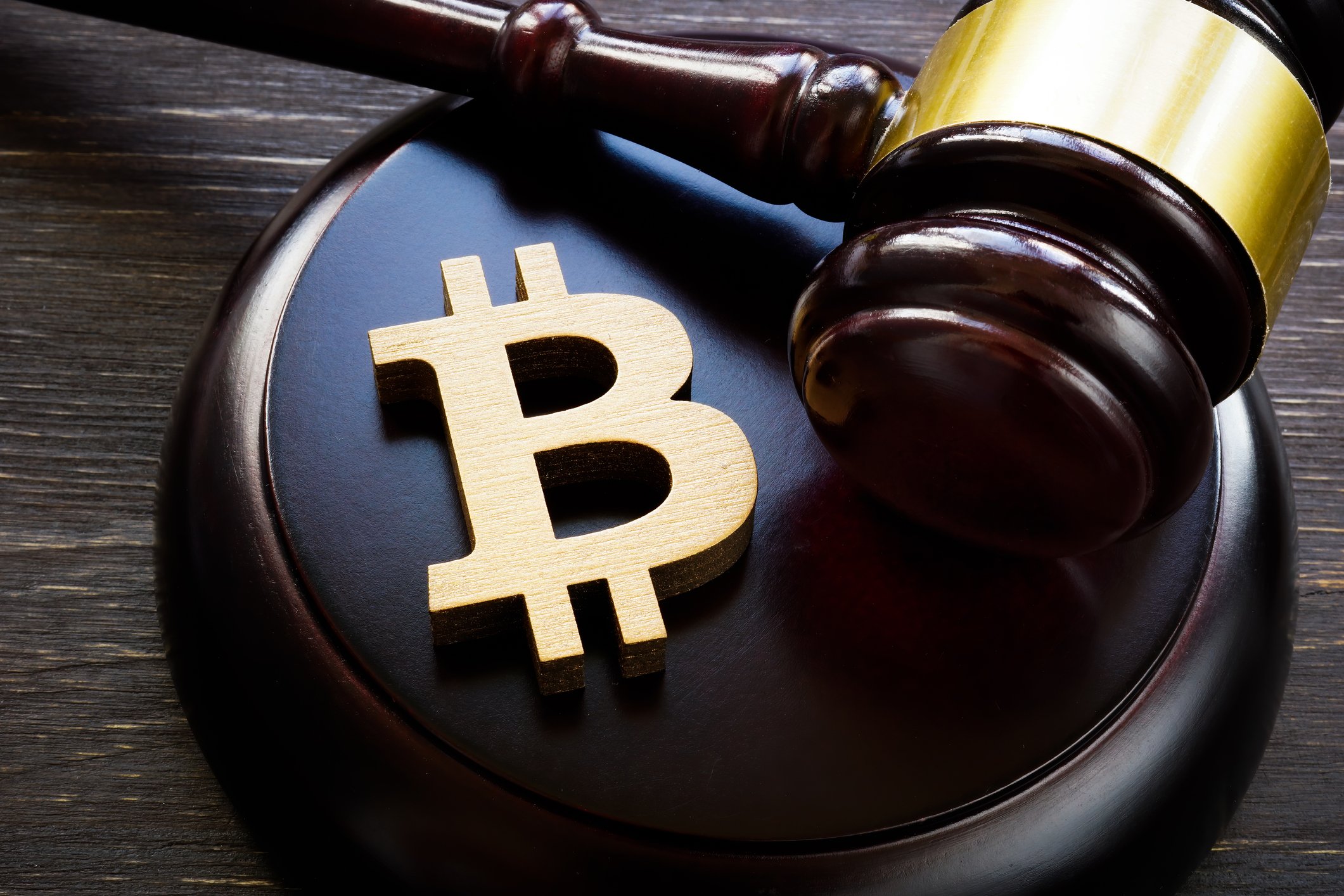On a long-enough timeline, another crypto crash is certain. But having certainty about it happening someday is very different from having clarity about the chances of it happening sometime soon.
Right now, the balance of evidence suggests the market is more likely to wobble before resuming its upward march than it is to crater. Here's what's going on and why fears of a crash are a bit overblown at the moment.

Image source: Getty Images.
What would actually crack the market
Crashes rarely happen without a catalyst. The simplest catalyst for a crash would be a sharp macro shock that sucks liquidity out of risk assets, like cryptocurrencies.
Central banks are generally not tightening their policy rates today. The European Central Bank (ECB) cut its interest rate in June and is signaling patience, not a fresh squeeze, which reduces one common crash trigger. The U.S. Federal Reserve may still be debating its next step, but many are anticipating that it will lean toward cuts later this year, which is not crash fuel either. And, for the record, if for some reason the Fed decides to hike interest rates in the name of controlling inflation rather than leaving them alone or delivering the cuts that the market is expecting, it might cause a painful downturn in crypto, but even then it probably wouldn't spark an outright crash.
Another route to a crash would be a policy reversal, for which there is no evidence of presently.
In the U.S., regulators in the new Trump administration have backed broader access and clearer rulebooks, and they have also repudiated the idea of crackdowns as being the preferred approach to regulating the crypto industry. Even where the Securities and Exchange Commission (SEC) has tapped the brakes, as it has recently with the approval of certain exchange-traded funds (ETFs), the story is more about timing and getting enough breathing room to craft sensible policies, not a return to outright prohibition.
Still, investors should watch for pockets of froth that can amplify routine pullbacks or potentially provide the kernel of instability that could lead to a crash in the future.
In particular, the wave of Bitcoin (BTC 0.53%) and other cryptocurrency treasury companies is a concern. Because some of those businesses effectively use financial leverage in the form of debt to finance their purchases of cryptocurrencies, they could eventually become insolvent if prices of their chosen assets decline significantly. But they'd probably become forced sellers well in advance of that, which, given their substantial holdings, could easily add fuel to a downtrend that might culminate in a crash.

CRYPTO: BTC
Key Data Points
Why this backdrop is an opportunity to buy
Volatility is a fixture of the crypto markets. That means when prices are bouncing around on a weekly or monthly basis, you should not be dissuaded from investing. Put differently, now is one of those times when it might feel nauseating to buy crypto, but if you trust your gut, it's more likely that you'll end up sidelined during a bull run than safe during a crash.
In terms of factors supporting the crypto market, the ongoing bid from financial institutions is broadening, which tends to cushion dips. U.S. spot Bitcoin ETFs and the newer Ethereum (ETH 0.84%) ETFs have created consistent demand from pensions, advisors, institutional investors, and other wealth platforms. Even after choppy days, the cumulative flows and steadily rising assets under management (AUM) tell the more important story.

CRYPTO: ETH
Key Data Points
Other than ETFs, corporate balance sheets are buying major crypto assets. And government policy is also far friendlier than before.
The White House published a fact sheet in March describing a Strategic Bitcoin Reserve (SBR) built from forfeited assets, signaling a preference to hold rather than auction. Congress, for its part, just got stablecoin legislation signed into law via the Genius Act, clarifying a critical segment that underpins much of crypto's plumbing. Furthermore, the total value of stablecoins themselves as an asset class are growing again, which is typically a sign of healthier liquidity on-chain.
Of course, none of this immunizes crypto from drawdowns. It merely lowers the odds of a crash without a clear catalyst.
Therefore, the highest-probability path for long-term investors is the most boring one. Keep dollar-cost averaging (DCAing) into your chosen coins on a schedule, keep some cash ready to buy dips, and keep your investment thesis grounded in quantitative evidence, not adrenaline.





